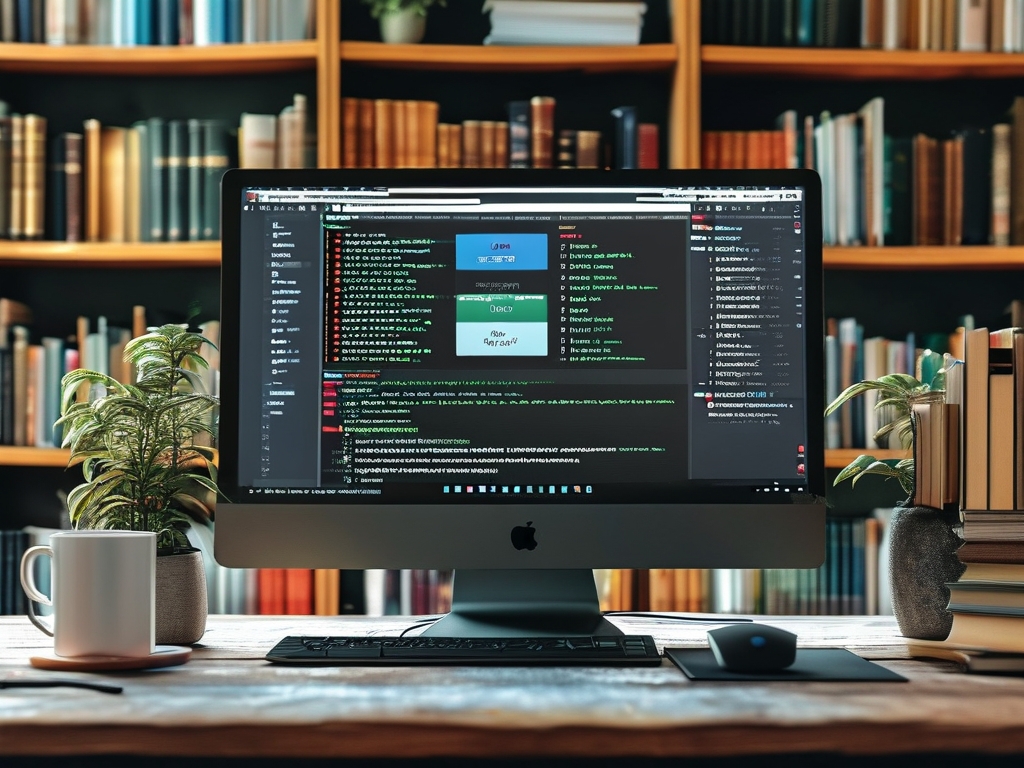As an interaction designer with social anxiety, I’ve often felt like an outlier in a field that seemingly demands extroversion. From team brainstorming sessions to client presentations, the profession appears tailored for those who thrive in collaborative, fast-paced environments. Yet, over time, I’ve discovered that my social anxiety isn’t a weakness—it’s a lens through which I approach design with heightened empathy, intentionality, and depth. Here’s how I’ve navigated this journey and turned perceived limitations into professional strengths.

1. Reframing Sensitivity as a Superpower
Social anxiety often amplifies self-awareness and sensitivity to environmental cues—a trait that translates surprisingly well into user-centered design. While others might overlook subtle frustrations in user testing, I notice micro-expressions, hesitations, or shifts in tone that reveal unmet needs. For instance, during a recent healthcare app project, I observed test users repeatedly pausing at a registration step. My hyper-awareness of their discomfort led me to redesign the flow with progressive disclosure, reducing cognitive overload. What others dismissed as “minor friction” became a pivotal insight.
This sensitivity also fuels my ability to advocate for underrepresented users. Anxiety-driven introspection helps me anticipate edge cases and accessibility barriers that might escape broader discussions. By channeling my tendency to overprepare, I create detailed personas that include neurodiverse or socially anxious users, ensuring designs cater to quieter voices.
2. Building a Workflow That Honors Introspection
Traditional UX processes emphasize rapid ideation and group critiques, which can feel overwhelming. To thrive, I’ve tailored my workflow:
- Asynchronous Collaboration: Tools like Figma comments, Miro boards, and Loom video updates let me contribute thoughtfully without the pressure of real-time meetings.
- Structured Solo Ideation: I block “deep work” periods to sketch wireframes or write user stories alone before sharing. This balances my need for solitude with team transparency.
- Pre-Meeting Scripts: For client reviews, I draft talking points and possible objections in advance. This reduces on-the-spot anxiety and ensures I communicate ideas clearly.
A mentor once advised me: “Your quiet doesn’t mean you’re disengaged. It means you’re processing.” Embracing this mindset helped me reframe silence as strategic thinking rather than a flaw.
3. Leveraging Anxiety-Driven Empathy in User Research
Ironically, my fear of social judgment has made me a more compassionate researcher. During interviews, I prioritize creating safe spaces for participants. Simple gestures—like starting with low-stakes questions or offering written response options—mirror the accommodations I wish for myself. In a fintech project targeting older adults, this approach uncovered that 40% of users felt embarrassed about their tech literacy. Our solution? A “Guided Mode” with non-judgmental error messages and optional voice assistance, which boosted retention by 30%.
Additionally, my tendency to rehearse conversations ensures I prepare thoroughly for usability tests. I script follow-up probes (“Can you walk me through what felt uncertain here?”) to dig deeper without leading participants. This rigor often yields richer qualitative data than quick, off-the-cuff inquiries.
4. Navigating Team Dynamics with Boundaries
Early in my career, I feared being labeled “difficult” for avoiding spontaneous Zoom calls or large workshops. Over time, I learned to set respectful boundaries:
- Transparent Communication: I explain that written briefs help me synthesize ideas more effectively than impromptu chats.
- Focused Roles: Volunteering for tasks like journey mapping or accessibility audits positions me as a specialist rather than a “quiet generalist.”
- Small-Group Advocacy: Pairing with one supportive colleague during critiques ensures my feedback isn’t drowned out in noisy debates.
Surprisingly, these adjustments improved team efficiency. Colleagues now appreciate my concise, well-documented input—and some have adopted similar practices!
5. The Power of Quiet Leadership
Leadership in design isn’t synonymous with charisma. By modeling active listening and thoughtful critique, I’ve influenced projects in subtle but impactful ways. For example, during a heated debate about a navigation menu’s placement, I shared anonymized user heatmaps showing prolonged hesitation on the team’s preferred layout. The data-driven approach shifted the conversation away from personal opinions, aligning everyone around evidence.
Moreover, my aversion to conflict drives me to seek consensus through prototyping. Instead of arguing over wireframes, I build interactive demos that let the work speak for itself. This “show, don’t tell” tactic has resolved countless stalemates.
6. Self-Care as a Professional Imperative
Managing social anxiety in a collaborative field requires intentional self-care:
- Energy Budgeting: I treat social interactions like a finite resource. High-stakes meetings are scheduled for mornings when my mental stamina is strongest.
- Post-Interaction Recovery: After presentations, I block 30 minutes to decompress with music or a walk—no emails allowed.
- Therapy as Skill-Building: Cognitive-behavioral techniques (e.g., challenging catastrophic thoughts about client feedback) have directly improved my resilience at work.
These habits aren’t indulgences; they’re strategic tools that sustain my creativity and precision.
: Designing from the Margins
Social anxiety has taught me that great interaction design isn’t about loud ideas—it’s about listening to the whispers others miss. By embracing my quiet strengths, I’ve crafted solutions that honor vulnerability, reduce friction, and empower users who feel overlooked. To fellow designers navigating similar challenges: your perspective isn’t a hindrance. It’s a rare gift that can humanize technology in ways the industry desperately needs. The next time anxiety whispers, “You don’t belong here,” remember: the field needs more designers who understand the weight of a poorly placed button, the terror of an error message, and the courage to build bridges for those who struggle to speak up.







